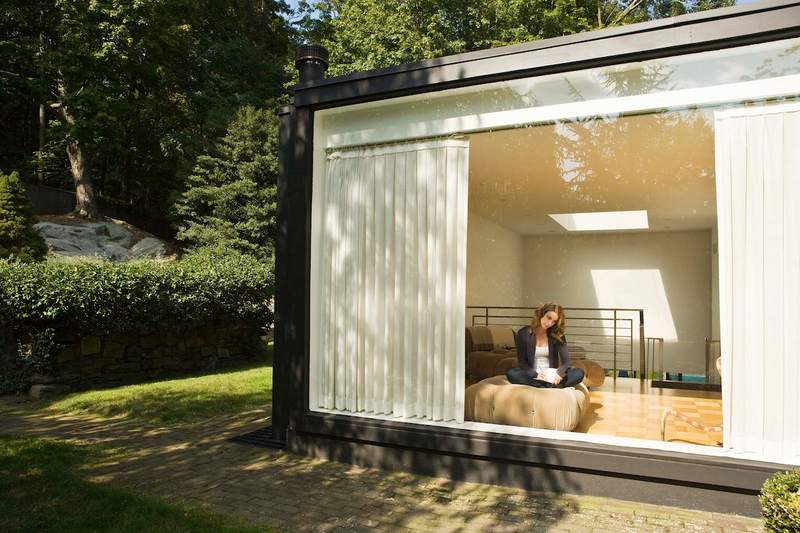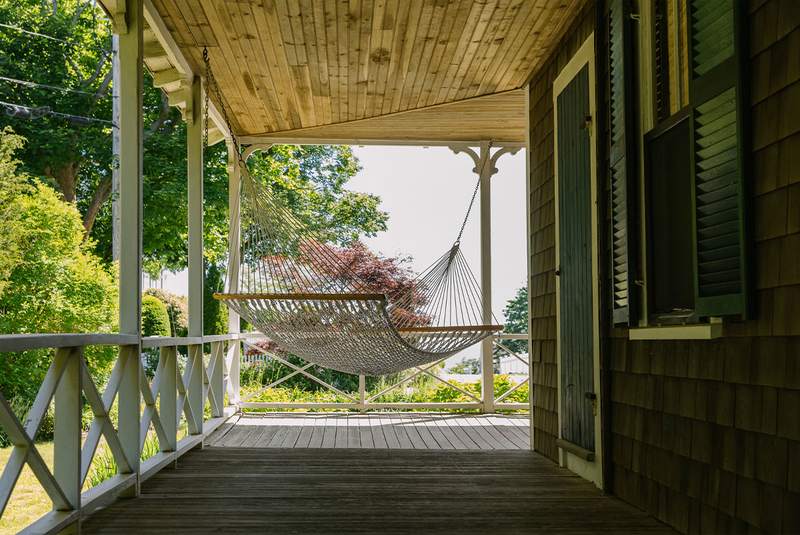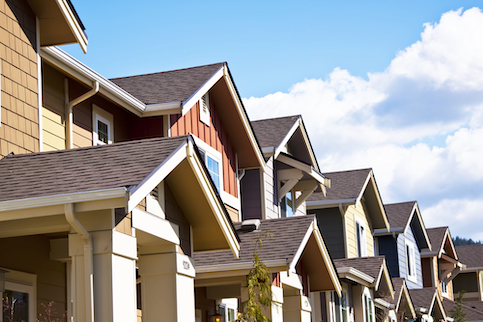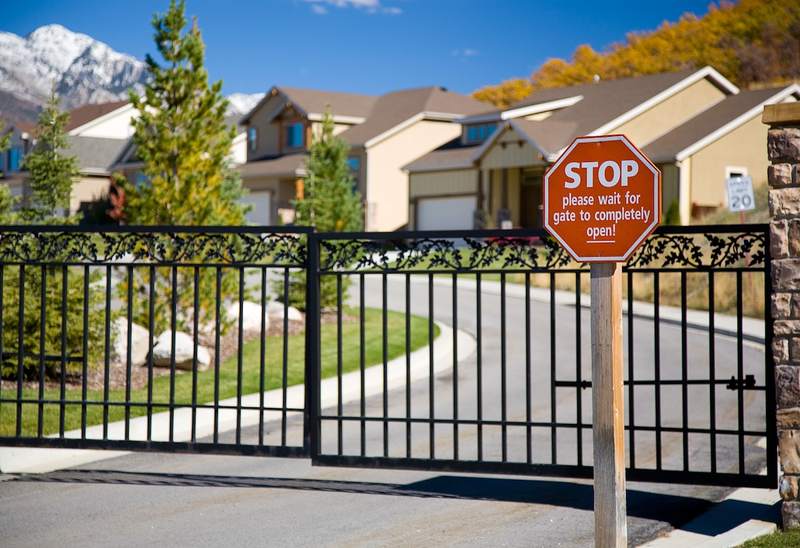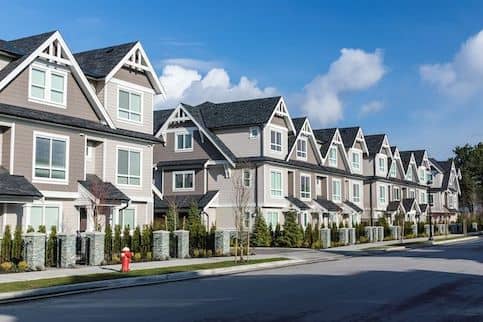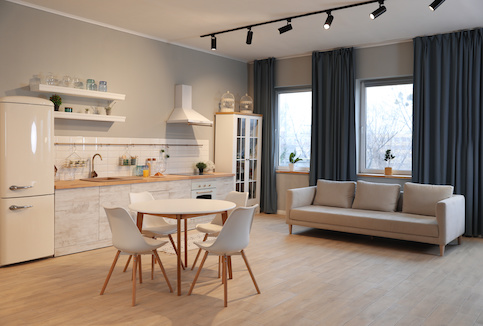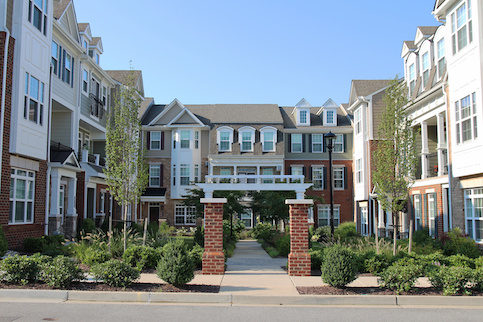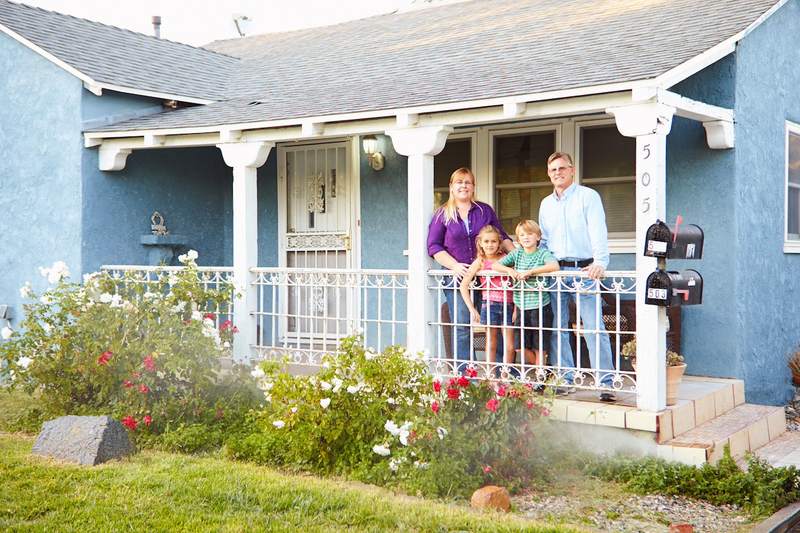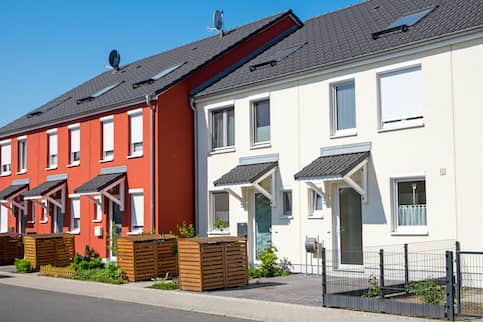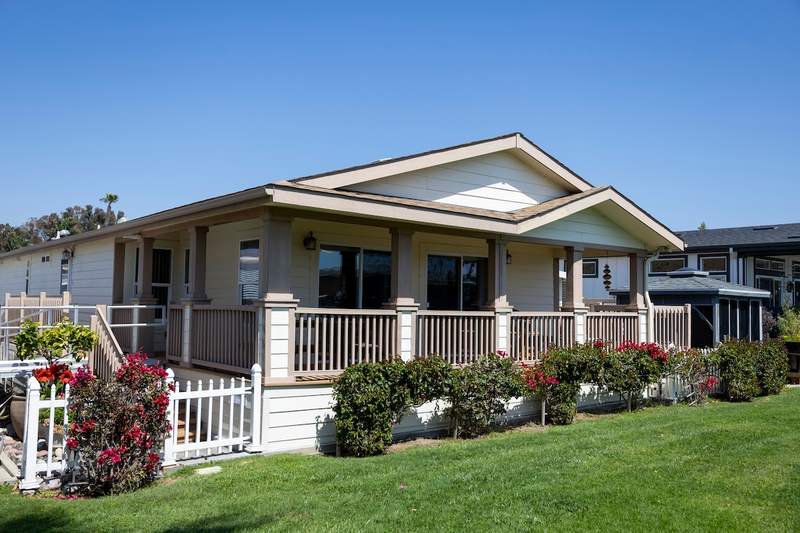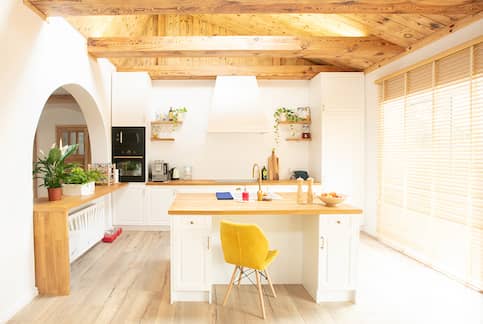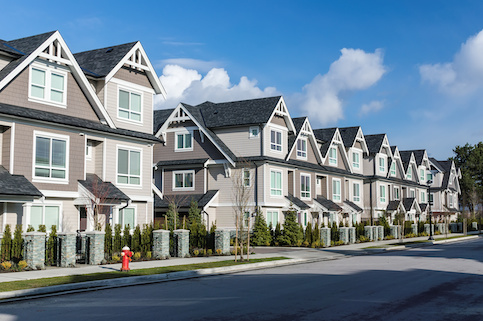If you’re searching for your ideal home, it might be hard to figure out the type of house that’s best suited for you. One intriguing option that sometimes gets overlooked or forgotten is the modular home, which is a house that gets built in different sections (or modules) off-site in a factory before being transported to the home site and assembled on a foundation.
Here’s a guide to modular housing so you’ll be able to walk away with a good idea of whether a modular home could be the right choice for you.
Features Of Modular Housing
A modular house is made of the same materials and designed to the same building codes as a traditional site-built house. However, modular homes are typically built in a much shorter time frame.
One of the most important facts about modular homes is that they’re not “trailers” or “mobile homes.” The myth that they’re the same often discourages home buyers, who believe they’ll be compromising on style and stability when they purchase a modular home.
In reality, modular homes:
- Are structurally sound, with some even going beyond the requirements of local building codes
- Can be customized to your desires with the addition of more rooms or even distinct floor plans
- May help lower energy costs because of how they’re built
- Can be quicker to build, with some homes taking less than half as long as traditional builds
- Offer a significant cost savings, both in the build itself and in operating the home over time
- Can be less harmful to the environment due to less site-based construction and waste
What’s Your Goal?
Buy A Home
Discover mortgage options that fit your unique financial needs.

Refinance
Refinance your mortgage to have more money for what matters.
Tap Into Equity
Use your home’s equity and unlock cash to achieve your goals.
Modular Vs. Manufactured Homes
Modular and manufactured homes aren’t one and the same. The term “manufactured” home is the modern-day term for what used to be known as a mobile home, which follows a separate building code and has a less rigorous transportation and assembly process than a modular home.
When comparing a modular and manufactured home, it’s important to note that modular homes are built in pieces or sections and later anchored to a foundation. A manufactured home, on the other hand, is transported in one piece and is oftentimes permanently portable.
A manufactured home is built on a permanent metal chassis to comply with the federal Manufactured Home Construction and Safety Standards, or HUD code. Modular homes, on the other hand, are built to the same International Residential Code as homes built on the property where they’ll be located for good.
Ready To Become A Homeowner?
Get matched with lenders that can help you find the right mortgage.
Modular Vs. Stick-Built Homes: Key Differences
Modular homes offer home buyers a unique canvas to create their dream home, providing several practical advantages compared to “stick-built” homes – which are homes built in a more traditional fashion from the ground up on a piece of property.
Build Process
Modular homes are known for their excellent efficiency. Because their sections are built indoors, weather tends not to have much impact on construction plans. The materials are also protected from the elements, so there’s less likelihood of damage or subsequent repair needs.
Modular homes also tend to be stronger because they must be able to withstand the rigors of transport. They’re designed with sealed construction and built with tighter seams than stick-built homes.
This not only makes modular homes more “road-worthy” for traveling from the factory to your plot of land, but it improves their efficiency once they’re in place. That translates to lower heating and cooling bills over time.
Sustainability
Modular homes are made to be sustainable. The controlled factory setting in which they’re built allows for a higher degree of precision that reduces the material wastage commonly associated with traditional on-site building methods.
Modular homes boast structural integrity and reflect a more thoughtful approach to resource utilization – a big win for the planet. In fact, modular homes are said to offer a 5% reduction in emissions compared to traditional homes.
Also, modular homes can be built with sustainable designs, such as low-energy light fixtures and cost-effective composite panels for improved insulation.
Customization
Gone are the days when choosing a modular home meant sacrificing your personal touch in favor of affordability and a faster timeline.
Today’s modular homes offer flexible design options that allow you to customize everything from the layout of the rooms to room sizes to the interior and exterior finishes.
Time To Completion
The assembly-line techniques employed in modular construction significantly reduce the time from ground-breaking to move-in day. While the average stick-built home will take 9 to 12 months to build from the ground up, a modular home can be built in as little time as 3 or 4 months.
Speed is a benefit in itself, but it’s also beneficial for predictability and cost.
By accelerating the timeline, weather becomes less of a concern, as mentioned earlier, and you’ll save money by not paying labor costs over a prolonged period.
Curb Appeal
Another common misconception is that modulars lack the curb appeal of traditional homes, possessing a boxy or cookie-cutter look.
However, with advanced design technology, the only major limit to a modular home’s aesthetic appeal is your own creativity as you make your selections.
Cost
Modular homes are cost-efficient for several reasons. First, they’re mass-produced, which typically lowers the overall cost. Second, the construction process is faster and more predictable, helping minimize surprises in the pricing.
For example, Kinexx Modular Construction in Chicago claimed in 2022 that they could produce a three- to four-bedroom duplex at a sales price of $245,000, compared to the $315,000 median sales price for Chicago homes at that time. That’s a significant savings.
Zoning Issues
Although many places have changed their zoning regulations concerning modular homes as these homes have gained popularity, some areas still don’t allow them and refuse to view them like a traditional home. Instead, they’re viewed more like manufactured homes.
Check your zoning laws before making a decision on whether to go with a modular home.
Material Quality
Because they’re prefabricated, modular homes typically rely on sturdier materials that are designed to withstand transportation and assembly.
Of course, like any other contractor or vendor, the quality of materials used can vary widely. As a result, you’ll want to do your research.
Resale Value
Finally, all other factors being equal, there’s no difference in resale value and appraisals between modular and stick-built homes. High-quality modular homes typically retain their value just as well as stick-built homes.
Take The First Step To Buying A Home
Find a lender that will work with your unique financial situation.
Alternatives To Modular Housing
While a modular home might be the perfect fit for some people, you might consider exploring some alternatives as well.
Among the alternatives you might look at are the previously mentioned manufactured homes, which provide an affordable housing option and come with different building standards and resale considerations. They’re categorized differently than modular and site-built homes, and they can require a different type of financing.
RVs and tiny homes, meanwhile, offer the ultimate in mobility and flexibility, but their transient nature and limited space might not be suitable for everyone.
Accessory dwelling units are yet another option. These smaller secondary homes offer versatile property usage options and can be stick-built, modular or even converted from existing structures.
How To Buy A Modular Home
The process of buying a modular home is similar to the process of buying a traditional home.
The first step is deciding where you want to live and making sure the site is viable for your modular home. Again, researching local zoning regulations is helpful.
Next, you’ll need to find a builder. Look for one with a reputation for producing homes that meet or exceed local building codes and offer the opportunity to customize your home as you see fit.
Your next step is to secure financing. Work with a lender that’s experienced in modular home construction to make sure you get the right type of loan.
Finally, you’ll need to hire a general contractor. Even though most of the home’s construction will occur off-site, you’ll need home builders to oversee the site preparation, foundation, utilities and remaining on-site assembly of your modular home.
The Bottom Line
Finding or building your dream home can be a major undertaking and one that carries significant financial, emotional and personal implications. For many people, modular homes offer an innovative and cost-effective approach to traditional housing. By choosing this option, you can save time and money without compromising on quality or design.

Miranda Crace
Miranda Crace is a Staff Writer for Rocket Companies, bringing a wealth of knowledge about mortgages, personal finance, real estate and personal loans for over 10 years. Miranda is dedicated to advancing financial literacy and empowering individuals to achieve their financial and homeownership goals. She graduated from Wayne State University, where she studied PR writing, film production and film editing. In her spare time, Miranda enjoys traveling, actively engages in the entrepreneurial community, and savors a perfectly brewed cup of coffee.
